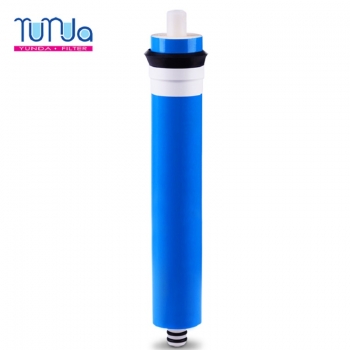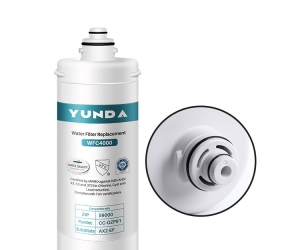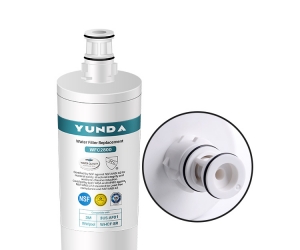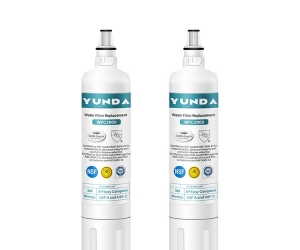At present, there are four mainstream technologies for water filters on the market, microfiltration technology, ultrafiltration technology, nanofiltration technology, reverse osmosis technology.
1. Microfiltration technology mainly uses microporous filter membrane as the medium, and the filtration accuracy of the water filter is 0.1 microns. It can only effectively remove suspended solids such as sludge and clay in the water, and cannot filter out macromolecular organic matter and inorganic salts. Because of its low filtration accuracy and short life, it also requires frequent replacement of the filter element, so it is not widely used.
2. Ultrafiltration technology uses pressure as the driving force to filter out pollutants with ultrafiltration membranes. The filtration accuracy of the water filter is 0.01 microns, so it can filter out most pollutants, including colloids, suspended solids, and macromolecules. Organic matter will also retain minerals. In view of its long service life, the filtered water can be directly consumed, and most manufacturers on the market combine it with other filter materials to play an important role in kitchen water use.
3. Nanofiltration technology, the filter pore size is 0.001 microns, the filtration accuracy of the water filter is between ultrafiltration and reverse osmosis, it needs to be powered and pressurized, and the price is higher, but it is in the price of the water purifier and the principle of the water purifier The upper is inferior to the ultrafiltration water purifier and reverse osmosis water purifier, so it is used less.

4. Reverse osmosis technology, which uses the principle of reverse flow of water from low concentration to high concentration, and its filter pore size is only 0.0001 microns, so it can effectively filter out 99% of the pollutants in the water, even inorganic salts can also filter out a part. It also needs to be pressurized and powered, but its wastewater rate is relatively high, which is not suitable for a large amount of water purification.




